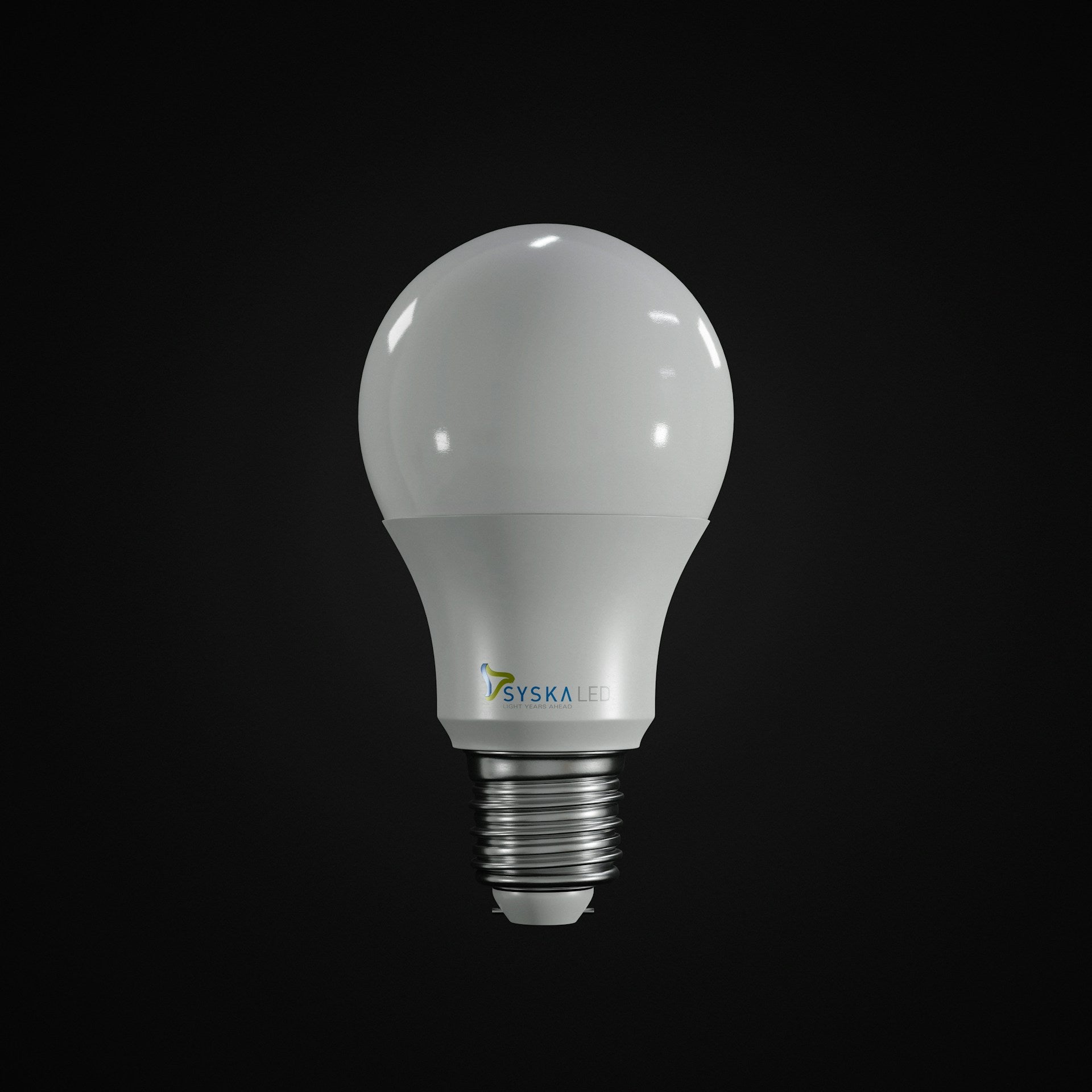In recent years, the push towards sustainable living has gained momentum. However, a common misconception persists: that adopting an eco-friendly lifestyle is inherently more expensive. This belief has deterred many from embracing sustainable practices, but is it true? Let's break down this myth and explore how sustainable living can save you money in the long run.
The Initial Investment Myth
One of the most prevalent myths is that sustainable products always have a higher price tag. While it's true that some eco-friendly items may have a higher upfront cost, this perspective fails to consider the long-term savings and benefits.
Take, for example, Nada Toothbrush. At first glance, it might seem pricier than a conventional plastic toothbrush. However, let's break down the costs:
- Durability: Nada toothbrush handles are designed to last, reducing the frequency of buying replacements.
- Replaceable heads: Only the brush head needs replacing, not the entire toothbrush, cutting down on waste and cost over time. The cost to replace your Nada brush head is comparable and even cheaper than most disposables.
- Environmental impact: By reducing plastic waste, you're indirectly saving on the environmental costs of pollution cleanup and resource depletion.
The Energy Efficiency Advantage
Another area where sustainable living shines is energy efficiency. Many people believe that eco-friendly appliances and home improvements are too expensive. However, these investments typically pay for themselves over time:
- LED lightbulbs use up to 75% less energy than traditional incandescent bulbs and last much longer.
- Energy-efficient appliances might cost more initially but can significantly reduce your monthly utility bills.
- Home insulation improvements can lead to substantial savings on heating and cooling costs.
The Myth of Expensive Organic Food
Organic food is often perceived as a luxury reserved for the wealthy. However, there are ways to eat sustainably without breaking the bank:
- Seasonal eating: Buying produce in season is often cheaper and more environmentally friendly.
- Local Farmers' Markets: These can offer competitive prices on fresh, organic produce while supporting local economies.
- Growing your own: Even a small herb garden can help reduce grocery bills and packaging waste.
The Hidden Costs of Fast Fashion
Fast fashion seems cheap, but its true cost is often hidden. Sustainable fashion alternatives might seem expensive at first, but they offer better value:
- Higher quality clothes last longer, reducing the need for frequent replacements.
- Timeless styles don't go out of fashion quickly, extending their usable life.
- Some sustainable brands offer repair services, further extending the life of your garments.
Patagonia is a great example of a clothing brand pushing back against fast fashion. I own a fleece Patagonia jacket over 25 years old. The durability and style truly is timeless.
The Power of Reducing and Reusing
One of the most overlooked aspects of sustainable living is its emphasis on reducing consumption and reusing items. This approach naturally leads to savings:
- Using reusable water bottles, shopping bags, and food containers cuts down on recurring expenses.
- Repairing items instead of replacing them saves money and reduces waste.
- Buying second-hand or participating in sharing economies can significantly reduce expenses.
The Long-Term Health Benefits
Sustainable living often goes hand in hand with healthier living, which can lead to long-term health cost savings:
- Eating less processed food and more whole foods can improve overall health.
- Using non-toxic cleaning and personal care products can prevent health issues related to chemical exposure.
- Active transportation like cycling or walking can improve fitness and reduce healthcare costs.
The True Value of Sustainable Living
When we look beyond the initial price tags and consider the long-term impacts, sustainable living often proves to be not just environmentally responsible but also economically savvy. Products like the Nada Toothbrush exemplify how eco-friendly alternatives can offer better value over time.
Moreover, the benefits of sustainable living extend beyond personal finances. By reducing our environmental impact, we're investing in the health of our planet and future generations. As consumers become more aware and companies innovate, the initial costs of sustainable products are likely to decrease further.
In the meantime, by making informed choices and considering long-term impacts, we can debunk the myth that sustainable living is more expensive. In many cases, it's quite the opposite—an investment in a better future for our wallets and our world.




